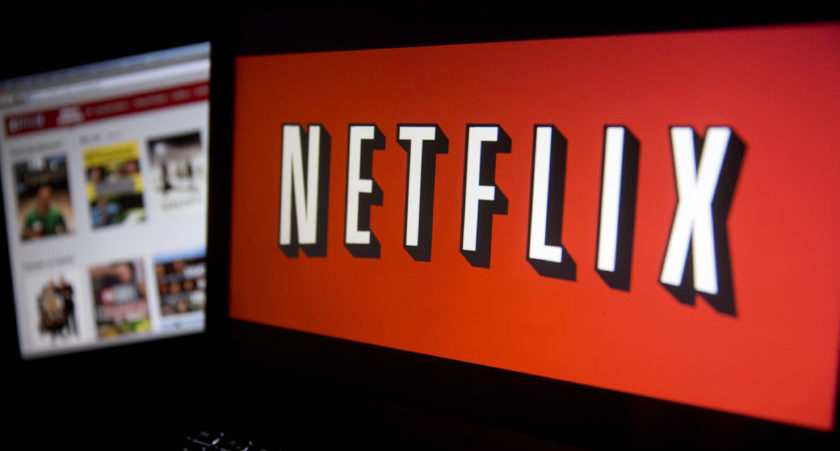M+E Connections

Netflix Doubles Down on Bundling, Simultaneous Theatrical-Streaming Releases
Story Highlights
In addition to reporting strong subscriber growth for the third quarter (ended Sept. 30), Netflix said Oct. 16 that it’s continuing to expand its bundling pacts with pay TV providers, Internet service providers (ISPs) and mobile operators. Netflix also intends to continue making its growing stable of original films available simultaneously at theaters and for streaming, according to the company.
Netflix streaming subscribers grew to 130 million paid members and 137 million total members globally after it saw total net additions of 7 million users in Q3. The 137 million members included 58.5 million in the U.S. (including 1.1 million new subscribers) and 78.6 million in other markets (including 5.9 million new subscribers), Netflix disclosed in its latest letter to shareholders.
That was a significant difference from the company’s subscriber results in Q2, when additions came in weaker than it and analysts had expected.
Total Q3 streaming revenue, meanwhile, grew 36% from a year earlier to $3.9 billion, while total revenue increased 34% to $4 billion. Profit soared to $403 million (89 cents a share) from $130 million (29 cents a share).
In line with a growing industry trend, meanwhile, Netflix continues to see opportunities to gain new members via bundling deals in which its streaming service is being provided automatically when consumers sign up for Internet, mobile phone and TV services.
“We continue to expand our partnerships with pay TV providers, ISPs and mobile operators across the globe,” Netflix said in its letter to shareholders. In Q3, the company rolled out the first mobile bundle in Japan with KDDI and expanded its partnership with Verizon to pre-install the Netflix app on Android smartphones. In Q4, Netflix said it plans to roll out its previously announced partnership with Sky UK.
The company is “slowly learning more and more about how we can leverage partners,” Greg Peters, Netflix chief product officer, said on the company’s quarterly results video interview. “From just doing device integrations,” Netflix went on to add billing integrations that made it “much easier for our members to sign up for the service,” he said.
“This latest round we’re seeing now is bundling where, whether we’re bundling with an Internet service provider or a mobile operator or pay-TV operator, we can make it even easier for people to just find Netflix and to try the service out,” he said.
He went on to explain: “What we’re seeing here is that this allows us to access a set of subscribers — a consumer demographic which might be less technology early adopter than the folks that are signing with us directly, and so we’re able to sort of accelerate our growth in a new segment via these deals. So, we’re learning more and more about that. We’re trying to figure out which markets they work [in] and how to optimize that bundle strategy.”
Even in the U.S., where Netflix awareness is “super high and the brand is well understood, there’s still pockets of consumers” who find it too difficult to go directly to the company’s website and sign up,” he said. However, “if we can actually put a Netflix application, a call to action and maybe even bundle the service subscription as part of” their pay-TV or mobile service, “they can just click on something and then get right into the service,” he said.
On the original movie front, Netflix said it plans to release “Roma” by Oscar-winning director Alfonso Cuaron simultaneously at more than 100 cinema screens globally and on Netflix for streaming in December. That’s the same strategy Netflix is using now for the film “22 July” by Oscar-nominated director Paul Greengrass. “We believe in our member-centric simultaneous release model for our original films and welcome additional theatre chains that are open to carrying our films to provide the shared-viewing, big-screen experience to their customers who enjoy that option,” Netflix said in the shareholder letter.









